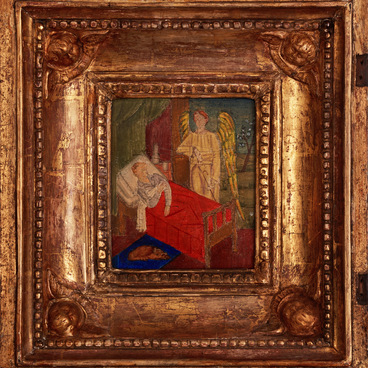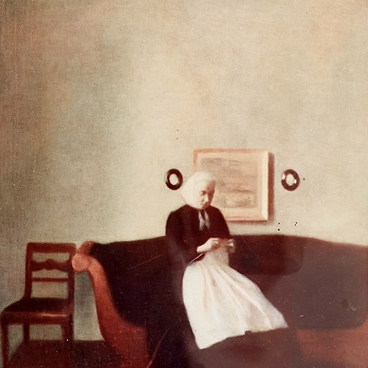Artists and poets drew inspiration from shop signs and even considered them an aesthetic norm of the popular notion of beauty. For example, “the father of Russian Futurism” David Davidovich Burliuk, while giving lectures on the new art, spoke enthusiastically about the signs and their artistic features and uniqueness, urged the audience to collect them and even advocated the establishment of a museum for them. For example, in November 1912, during a speech in Saint Petersburg, Burliuk put shop signs on a par with the works of acknowledged masters of painting.
Among the famous collectors of the signs were such avant-garde artists as Mikhail Fyodorovich Larionov, Mikhail Vasilyevich Le Dentu, and Marc Chagall. After the October Revolution, the issue arose most acutely of removing signboards that invited people to the stores that no longer existed and confused passersby.
At the initiative of Vera Mikhailovna Yermolayeva, a sub-department of signs was established at the City Museum in Petrograd. The artists Nina Iosifovna Kogan and Nadezhda Ivanovna Lyubavina participated in its activities. They managed to collect over 100 exhibits and take photos of the items that could not be transferred to the museum.
In the 1930s, the City Museum was disbanded. The
collection was partly relocated to the Hermitage. There, the signs were kept
and restored until 1966, when they were transferred to the State Museum of the
History of Leningrad.


